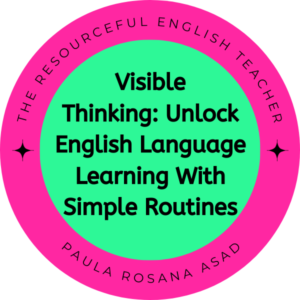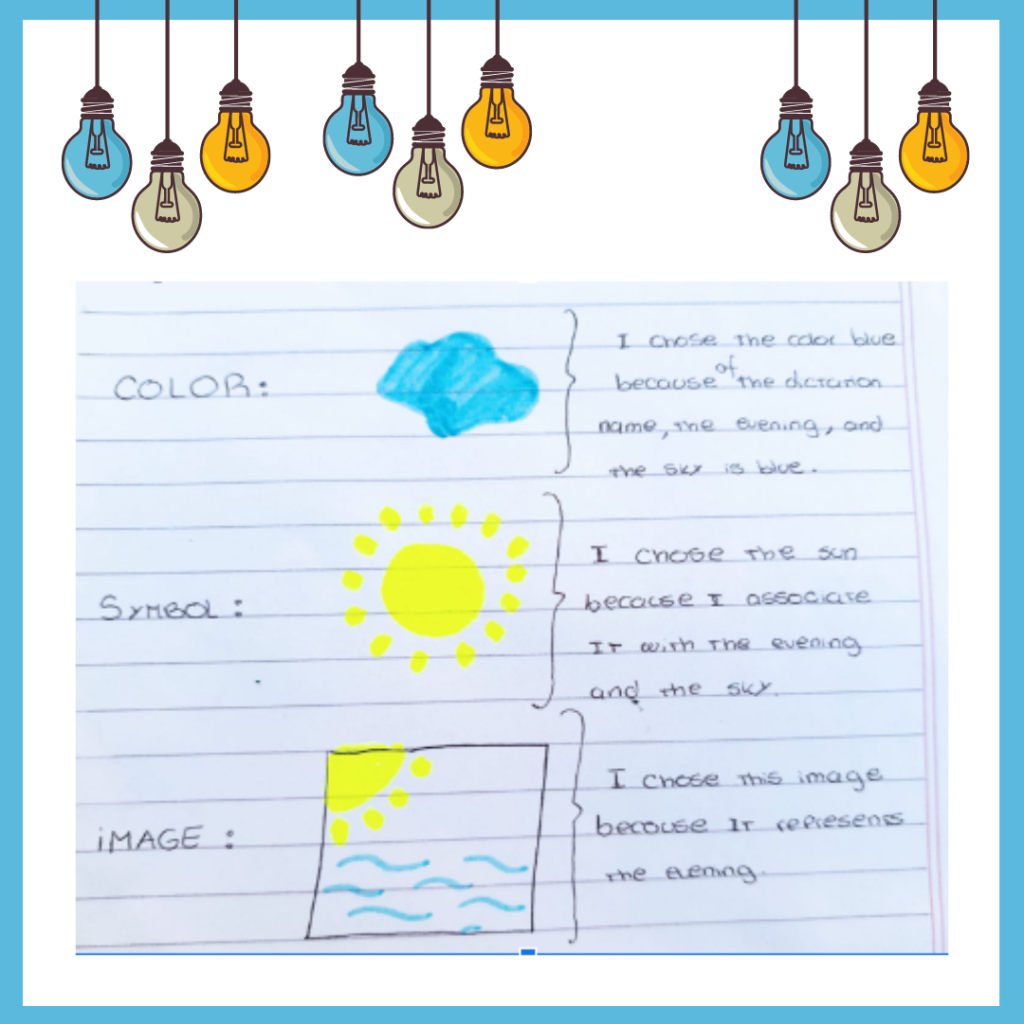VisibleThinking: Unlock English Language Learning With Simple Routines
Are you an ESL teacher looking for a way to help your students improve their language and critical thinking skills? Visible thinking is a pedagogical tool developed by the Project Zero research group, which has helped students hone their thinking skills.
Through various Thinking Routines, students learn to ask questions, generate, compare, and contrast ideas, and become aware of multiple thinking processes.
This article will explore the power of Visible Thinking to help ESL students become more engaged with language and develop their critical thinking.
We will also discuss the benefits and strategies of using Thinking Routines to improve language skills, foster authentic communication, and develop critical thinking skills.
By the end of this article, you will have a clear roadmap to implementing Visible Thinking in your classroom. Whoo hoo!

So, what exactly is visible thinking?
Visible thinking routines are a collection of strategies consisting of questions designed to scaffold students’ thinking. Although these routines were not specifically designed for the English language classroom, they can be easily adapted for various age groups and levels.
Introducing ESL Students to the Benefits of Critical Thinking!
ESL students have much to gain from critical thinking routines. For example, they can improve their language skills by asking themselves questions to help them solve different tasks. Moreover, they can also learn to use language authentically and develop critical thinking skills.
In the classroom, I use Visible Thinking questions and activities to help my students learn. For instance, before embarking on a reading passage, I typically kick off the lesson by asking students:
- “What do you think you already know about the topic?”
- “What questions or puzzles do you have?”
Later, after we’ve had time to process the passage, I ask them to reflect on the material and identify new ideas they didn’t previously have.
I also encourage them to connect what they read with their own life experiences. By doing this, we can promote deeper engagement with the content and help students gain a better understanding of the material.
CSI Thinking Routine
I also use the CSI (Color Symbol Image) thinking routine to scaffold listening activities. Before listening, I ask my students questions such as: “What could this passage be about?” or “Which words do you already know about this topic?”. Then, after listening to the passage, I use the CSI routine to encourage learners to find the gist of it (using a color, symbol, or image). This is a great way to critically engage students when tackling a text!

Visible Thinking Questions for ESL & EFL Students
Get a comprehensive set of questions to scaffold language skills (listening, reading, speaking, and writing) and help your ESL and EFL students learn a second or foreign language more quickly. Click on the image and download this resource for FREE!
Contents
What is Visible thinking? Questions to scaffold reading, listening, writing, and speaking. Plus Language activities for all language skills!
Visible thinking is a powerful tool that can be used to help ESL students become more engaged with language and develop their critical thinking. Creating activities and discussions around Thinking Routines allows ESL students to hone their language skills, learn to use language authentically, and become more adept at critical thinking.
With careful thought and by staying true to the principles of Visible Thinking, ESL teachers can make a difference in their students’ language learning outcomes.


